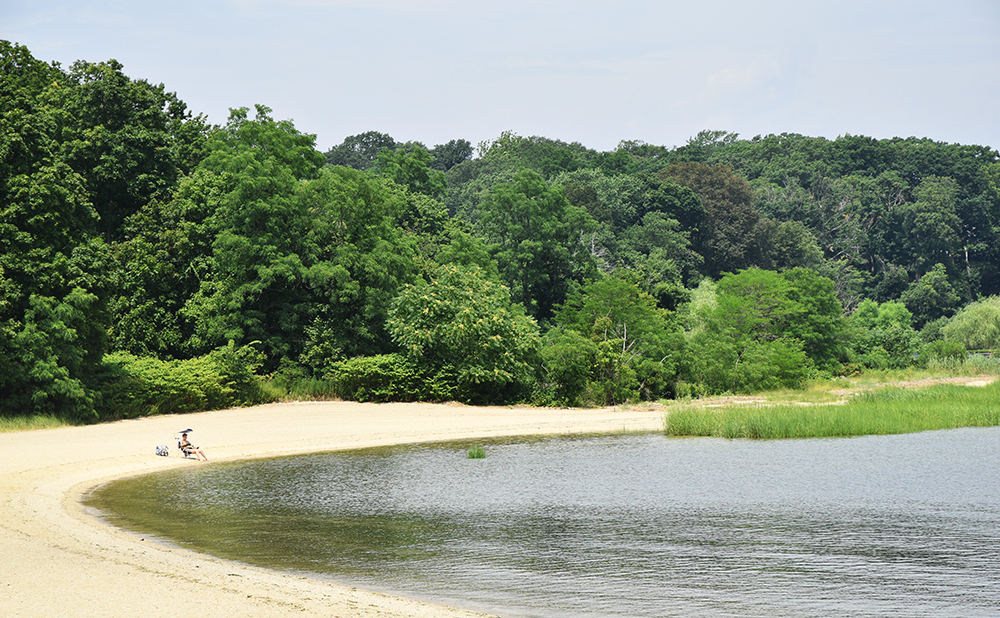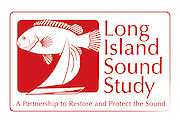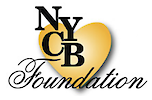About Sound Health Explorer (SHE)
Sound Health Explorer (SHE) is an interactive tool created and maintained by Save the Sound and powered by data from organizations that monitor the health of Long Island Sound. Our mission is to increase public understanding of water quality conditions in Long Island Sound by making data more accessible and understandable. Without easy access to reliable data, water pollution will remain a mystery subject to speculation, or worse, inaction. We strive to turn data into action for clean, health water.
We urge everyone who loves Long Island Sound to use this tool to educate themselves and their neighbors on their local water quality conditions and sources of pollution. Empowered with data, we hope you will join the fight for clean water, taking personal, local and regional actions that will improve and preserve the health of our beloved Long Island Sound.
The first iteration of the Sound Health Explorer, launched by Save the Sound in 2015, focused on the health of our coastal beaches and the bacterial pollution that leads to beach closures and water quality degradation. With those data we produce biennial LIS Beach Reports . SHE has since grown to include water quality data for bays, harbors, and open water areas of Long Island Sound. Those data can also be viewed and shared in our biennial LIS Report Cards.
With the addition of the interactive sea level rise map, provided by Climate Central, we can now show people the very local impacts they can expect from sea level rise and support local planning efforts to address mitigation and adaptation. We hope this tool will be a valuable resource for people and communities interested in ensuring our Sound’s waters and shores are Swimmable, Fishable, and Livable.

Partners & Contributors
Bay and Harbor Data
A network of 22 groups working together as part of the Unified Water Study collect the bay and harbor data. Development of the grading methodology, and ongoing science direction for the UWS are provided by Jamie Vaudrey, Ph.D. and Jason Krumholz, Ph.D.
Ash Creek Conservation Association
Bronx River Alliance
Clean Up Sound and Harbors
Coalition to Save Hempstead Harbor
Connecticut River Conservancy
Cornell Cooperative Extension of Suffolk County Marine Program
Derecktor Shipyards
Friends of the Bay
Friends of the Farm River Estuary
Group for the East End
Harbor Watch
Interstate Environmental Commission
Maritime Aquarium of Norwalk
New England Science & Sailing Foundation
River Advocates of South Central Connecticut
Salonga Wetland Advocates Network
Save the River — Save the Hills
Save the Sound
Setauket Harbor Task Force
Soundwaters
Town of Darien
Town of Fairfield — Conservation Dept.
Town of Stratford — Conservation Dept.
Open Water Data
The open water data is provided by Connecticut Department of Energy and Environmental Protection (CTDEEP), Interstate Environmental Commission (IEC) and New York City Department of Environmental Protection (NYCDEP). Science direction for the development of the grading methodology was provided by Jamie Vaudrey, Ph.D. and Jason Krumholz, Ph.D.
Beach Data
New York beaches are tested weekly during the recreational season by county departments of health (Suffolk, Nassau, Westchester) and NYCDEP. Connecticut beaches are tested weekly during the recreational season by local governments and CTDEEP. Science direction for the development of the grading methodology was provided by Gregory O’Mullan, Ph.D.
Funding
Creation and expansion of the Sound Health Explorer has been funded by the Jeniam Foundation and New York Community Trust.


UWS data collection is funded by EPA’s Long Island Sound Study (LISS). Pilot funding for the UWS and for the development of scoring methodologies for open water data, and bay and harbor data, was provided by the Long Island Sound Funders Collaborative (LISFC).
 .
. 
In addition to The Jeniam Foundation and The NY Community Trust, the Long Island Sound Funders Collaborative members include:










Beach monitoring is funded by the U.S. Environmental Protection Agency (EPA).
Bringing It All to Life
This site would not have been possible without the collaboration and development provided by our friends at Visual Science.